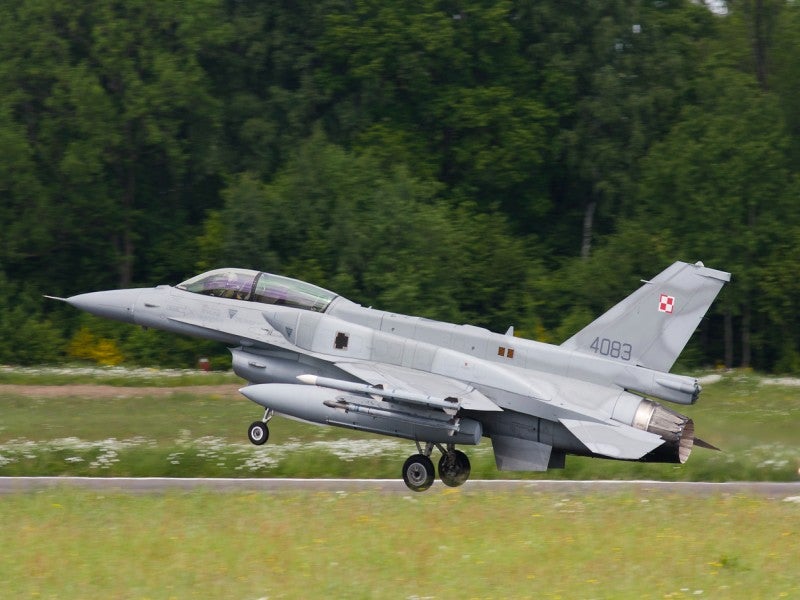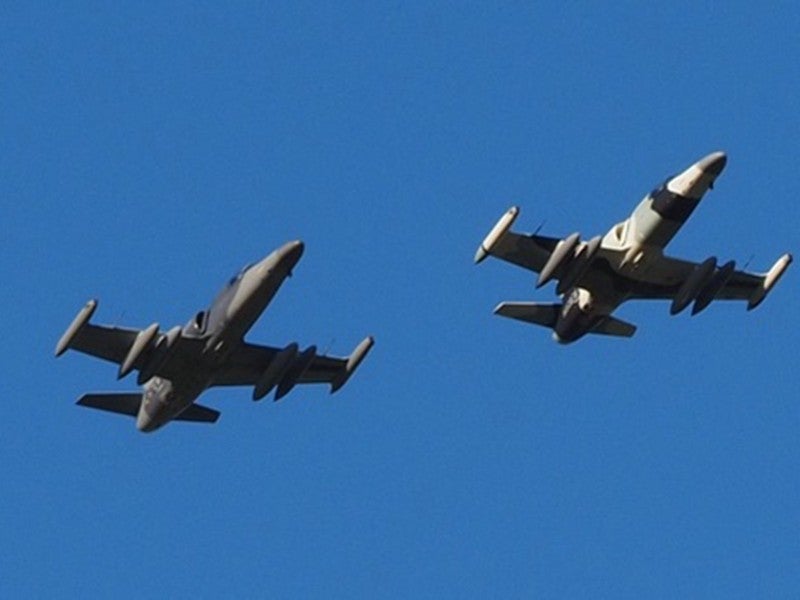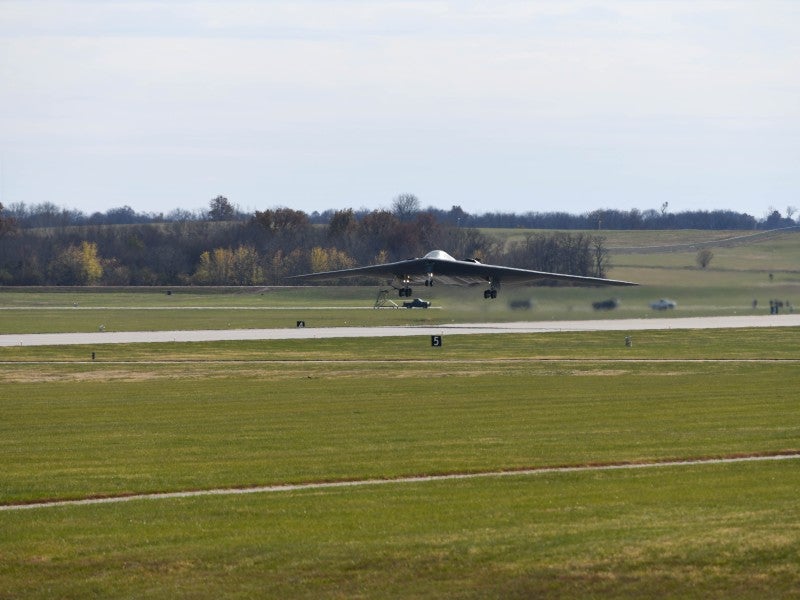
The US Defense Advanced Research Projects Agency (DARPA) has completed the first free flight test of its scramjet-powered Hypersonic Air-breathing Weapon Concept (HAWC) missile.
During the test flight, the Raytheon Missiles & Defense-built HAWC missile was released from an aircraft.
After a few seconds, the missile’s Northrop Grumman scramjet engine ignited and propelled it at a speed greater than Mach 5.
During this process, the supersonic combustion ramjet engine uses high vehicle speed to forcefully compress incoming air mixed with its hydrocarbon fuel before igniting the speeding airflow mixture to reach hypersonic flight.
The test validates HAWC’s airframe and propulsion system ability to cruise at hypersonic speeds.
The latest step marks a major milestone toward potentially delivering a cruise missile prototype system to the US Department of Defense (DoD) that can travel at more than five times the speed of sound.
Travelling at these speeds will allow hypersonic weapons such as HAWC to reach their targets more quickly when compared to traditional missiles.
DARPA Tactical Technology Office HAWC programme manager Andrew Knoedler said: “The HAWC free flight test was a successful demonstration of the capabilities that will make hypersonic cruise missiles a highly effective tool for our warfighters.
“This brings us one step closer to transitioning HAWC to a programme of record that offers next-generation capability to the US military.”
In June 2019, Raytheon Technologies and Northrop Grumman signed a teaming agreement to develop, produce and integrate Northrop’s scramjet engines into Raytheon’s air-breathing hypersonic weapons.
Raytheon Missiles and Defense advanced technology vice-president Colin Whelan said: “This is a history-making moment, and this success paves the way for an affordable, long-range hypersonic system in the near term to strengthen national security.
“This test proves we can deliver the first operational hypersonic scramjet, providing a significant increase in warfighting capabilities.”




